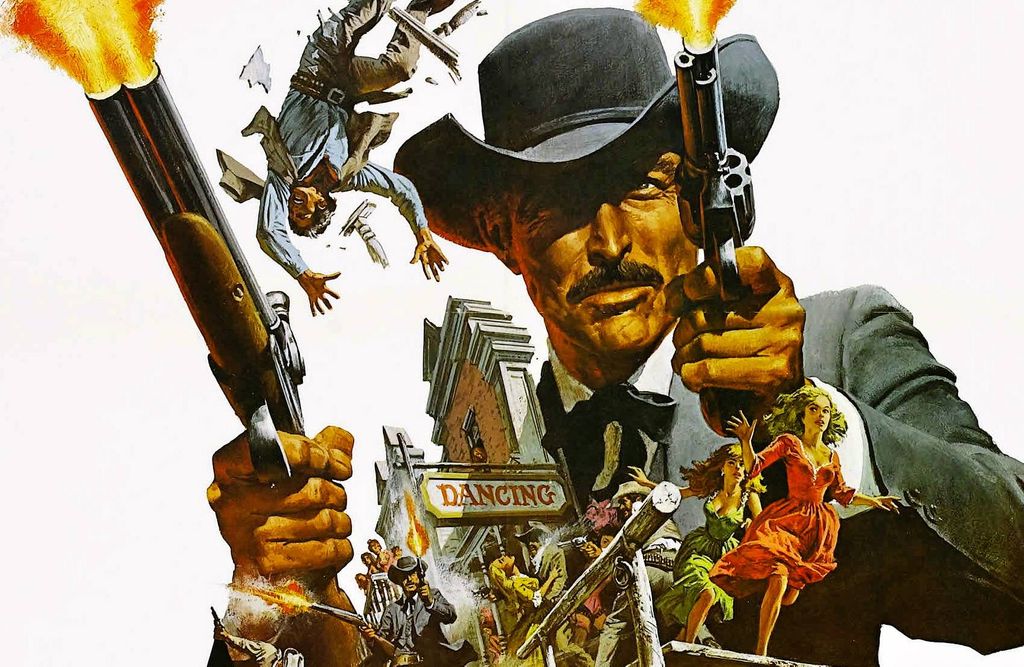The Spaghetti Western
Jun 18, 2019 • 42 views
Italian-made Western movies from the 1970s are designated "Spaghetti Westerns." Their obvious delineations of the Old West have made them the absolute most famous Westerns at any point made.
Westerns were unbelievably famous with motion picture crowds from the earliest periods of film—one of the principal enormous motion picture achievements was 1903's The Great Train Robbery—through the finish of the 1960s. Westerns were likewise well known on TV during the 1960s. Notwithstanding the movies ubiquity of the class, the generally modest creation estimations of Westerns in which props and sets could be reused made Hollywood studios of all sizes grasp the class.
Origins

Prior to the Westerns, Italy was popular for sword and sandal movies; biblical, mythological and historical epics. The success of Sergio Leone’s 1964 WesternA Fistful of Dollarsled to an explosion of popularity in Italian-made Westerns. Though it was not the first Italian Western,A Fistful of Dollarswas the first to become a huge financial success around the world.The huge success was due to – stunning direction by Leone, its memorable cinematography and Ennio Morricone’s minimalist score. However the biggest attraction of the film was the starring of an American actor, Clint Eastwood.
Eastwood was already established as a Western star In the US. In A Fistfull of Dollars, Eastwood plays an unnamed cowboy who takes the advantage of two warring factions in a townby playing both sides. The movie soon became the highest grossing Italian film of all time. The movie was followed by Leone’s two more westerns featuring Eastwood’s unnamed character. These westerns by Leone are considered to be the best westerns to be ever made.
Characteristics of Spaghetti Western
One viewpoint that set Italian Westerns apart was their distinct delineation of the Old West. In contrast to the American westerns of this time, which were by and large family-accommodating amusement featuring "white hat" legend cowboys, the Italian Westerns grasped the cruelty of the Old West. They additionally pushed past American principles of viciousness, highlighting characters who had both chivalrous and despicable characteristics. The Italian often hired an American actor to increase the international appeal. Unlike American Westerns where Native Americans were frequent antagonists, Native Americans were rarely depicted at all in Spaghetti Westerns. In a few in which Native Americans do appear, they are usually not the film's antagonists.
Most Spaghetti Westerns did not receive critical acclaim in their time because of repetitive plots, relatively low production values, and poorly dubbed dialogue. But in the decades since, many critics have come to appreciate the raw, stylistic filmmaking that produced Spaghetti Westerns.

The Genre’s decline
Like the sword and sandal films, the western also fell out of favor with the audience. As a result, the filmmakers stopped making them. No specific genre followed the demise of the spaghetti western and its legacy pretty much remained confined to itself. These movies went on to influence future westerns like Unforgiven and Django Unchained.
